Sa Qua Na is in a busy parade of shops just off the main square of the little port of Honfleur. The name is a pun: sakana is Japanese for fish, while the “sa” stands for saveurs, “qua “ for qualité and “na” for nature i.e. flavour/quality/nature. The menu reflects the local produce, drawing heavily on the fish caught in the area.
The small dining room, seating just 26 people, is modern in design, with a perfectly ironed tablecloth and knives from Laguiole, which is where the restaurant Michel Bras is based. This is no coincidence: chef Alexandre Bourdas was sous chef at Michel Bras before being head chef at Bras's restaurant in Toya in northern Japan. In Japanese style the menu here is omakase ie the kitchen chooses the food for you, with no á la carte option. You can, however, opt for a shorter (€65) or longer (€95) version with different numbers of courses: I didn't come all the way to Honfleur for the short version.
The almost entirely French wine list has a remarkable number of wines under EUR 40, with one at EUR 19. However all tastes are catered for, with wines such as Cuvee Marie Clos Uroulat 2009 at €35 for a wine that costs €12 retail, the fragrant Condrieu La Loye Gerin 2009 at €74 compared to a retail price of around €26, Volnay Rossignol-Changarnier 2006 at €85 of a wine that will set you back €31 in the shops, up to wines such as Didier Dagenau Silex 2007 at €226 for a wine that costs around €86 retail. We drank, amongst others, Trimbach Pinot Gris 13th Generation 2002 at €105 for a wine that costs around €51 in the shops.
Amuse-bouche were comprised of mackerel in jelly, some rather oddly sweet prawn sticks and, easily the best of these, a filo parcel of crayfish and guacamole with a hint of citrus (the last of these was 19/20, the others at most 16/20). Bread was excellent, just one style with an excellent crust and lovely texture. It is a measure of how good some bakers are in France that this bread is bought in from a local bakery called Ble d’Or rather than prepared from scratch, but was still excellent (18/20).
The first course was "pascade", essentially a Yorkshire pudding flavoured with chives and truffles and having a top that had been slightly caramelised. This was an appealing and unusual dish, a nice start to the meal (18/20). A fillet of poached monkfish rested in a stone bowl, around which was poured an aromatic coconut and lime broth with coriander, lovage. Combava oil and a hint of lemon grass. The fish itself was extremely fresh and the broth light and refreshing, the combination of herbs carefully balanced, giving an almost Thai-style flavour (19/20).
Pollack was cooked slowly and served on creamy mash potatoes, garnished with clams, potato chips, chervil, capers and a foamed bouillon. Pollack is not one of my favourite fish, but this was the best version I have eaten, and the mash was simply magnificent, soft and creamy yet still tasting properly of potato (19/20).
Sea bream was cooked very lightly, served on a bed of quinoa, which provided a lovely texture contrast to the fish, with leeks, eggs, truffles and chicken jus. The flavour of the fish itself was magnificent, beautifully cooked, the dish lifted by the flavor of the excellent chicken stock and the hint of truffle, and bold seasoning of the fish. This was a superb dish (20/20).
A single large langoustine had lovely flavor and was faultlessly cooked, served with dazzling asparagus and pasta cooked in squid ink with olive oil and a little Mozzarella. I was not particularly struck by the pasta itself, but the asparagus had fabulous flavor, as did the langoustine (18/20).
Fried duck foie gras and spice salad was next, with turnips, daikon radish, hazelnuts, oysters lime and spices. The dish was still quite rich but the star was the foie gras itself, having fabulous silky texture (19/20). A free-range young local chicken was roasted and served with Tarbais beans and cabbage shoots, celery seeds and kaffir lime leaves, with a spicy jus. The chicken was perfectly cooked and had lovely flavour, enhanced by the lightly spiced sauce, the Tarbais beans very tender (19/20).
Cheese was in excellent condition, a mix of local cheese and classic such as Pont l’Eveque and particularly good Roquefort (maybe 18/20 for the cheese, which was served just a little too cold for me). Prune sorbet was offered with nougatine leaves, sponge cake in pieces, with whipped cream and little dots of caramel. This was well made and enjoyable, though for me not in the same league as the savoury dishes (17/20). The final dessert was “destination Morocco 2011”, with apple, mango, ginger, lemon , pistachio cream, honey and spices. This was an interesting blend of flavours, the honey richness nicely offset by the fruit (18/20).
The service, run by the chef's wife, was excellent throughout, knowledgeable, friendly and efficient. The bill, with a considerable amount of good wine, came to €206 per person, but it would be easy to eat here for about €100 a head. Indeed €95 for the full tasting menu here seems like a real bargain.
Overall this was one of the most exciting meals I have eaten for some time. The best dishes dazzled, showing extremely high levels of skill in the kitchen and an ability to source top class ingredients. The cooking is modern without being wacky, the flavour combinations always making sense. The flavours are extremely pure, reflecting Alexandre's three year stint in Japan. The desserts were not quite to the level of the savoury dishes, but overall this was still, for me, a three Michelin star meal. It can only be a matter of time before Michelin themselves acknowledge this. Sa Qua Na was awarded a Michelin star within months of opening, then a second star the following year: I predict one more in its future.
Further reviews: 03rd Jul 2015




















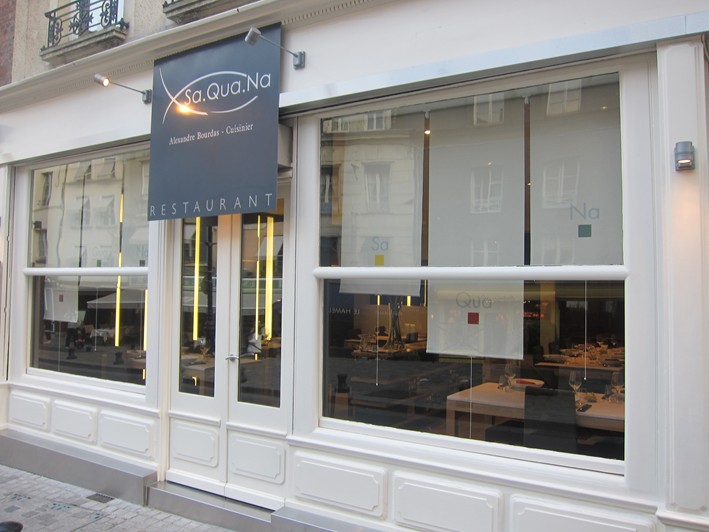
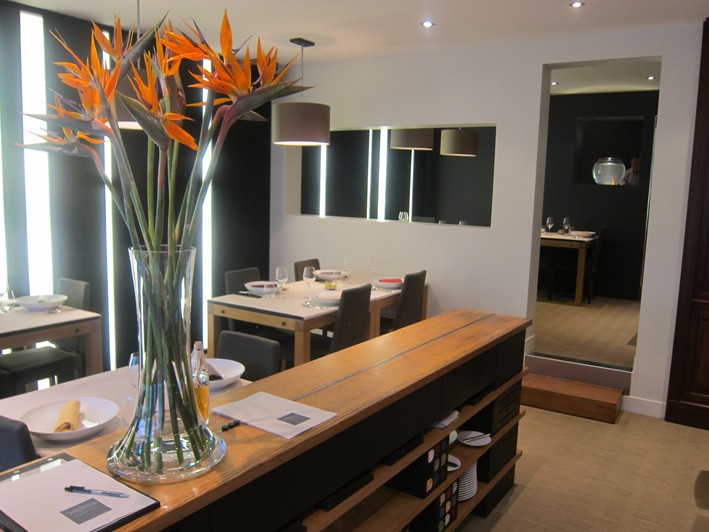
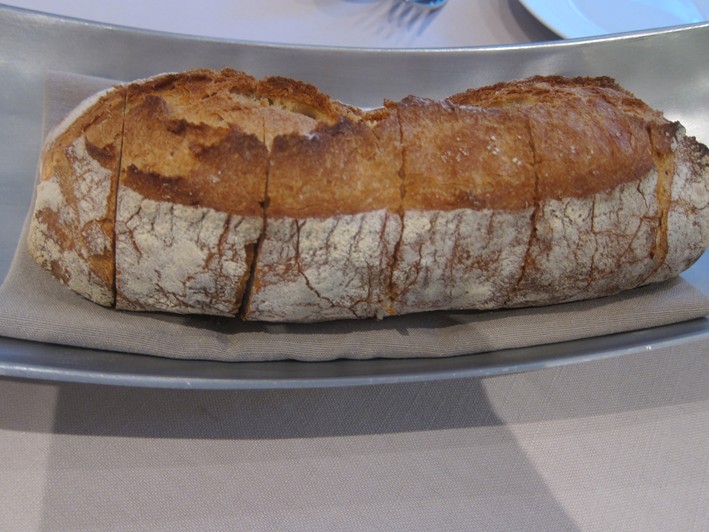
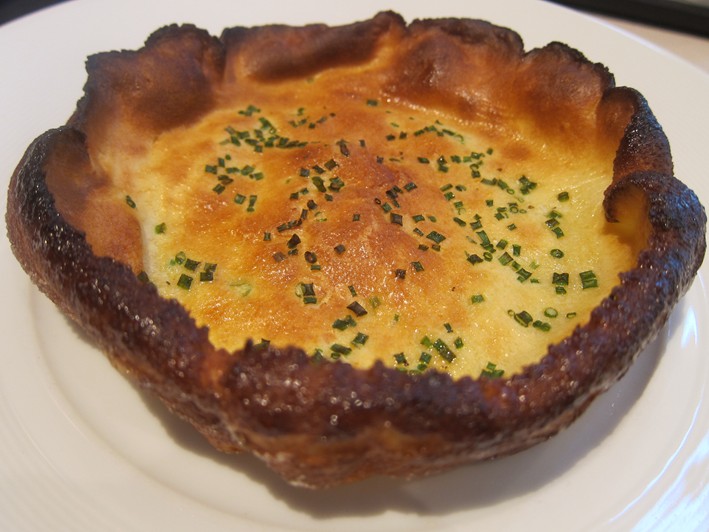
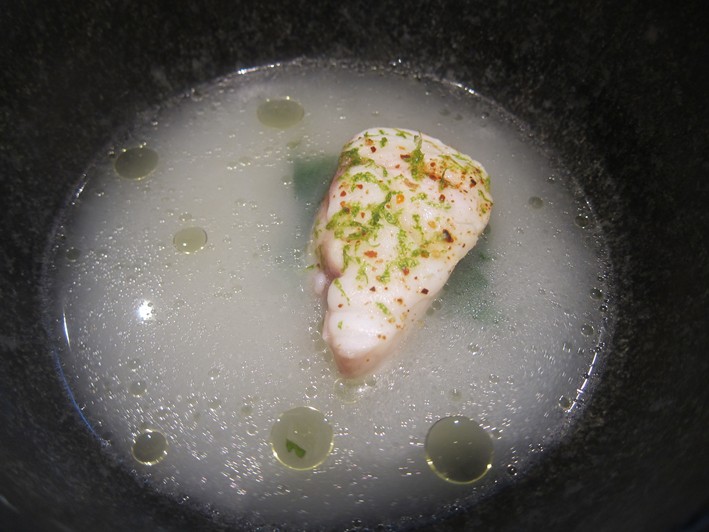
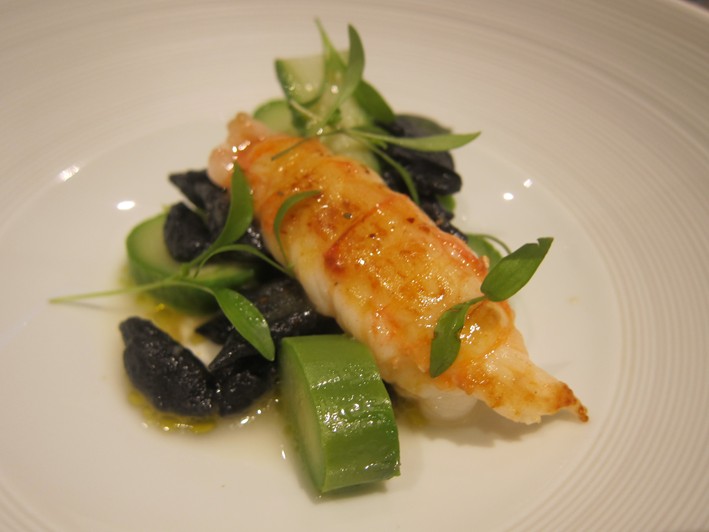
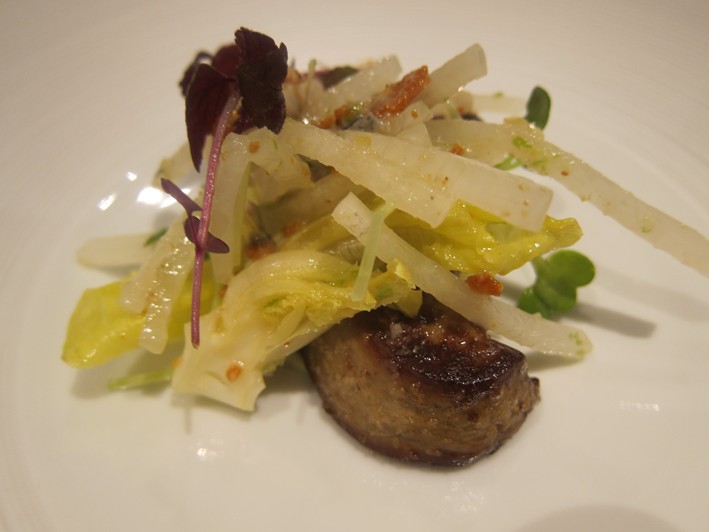
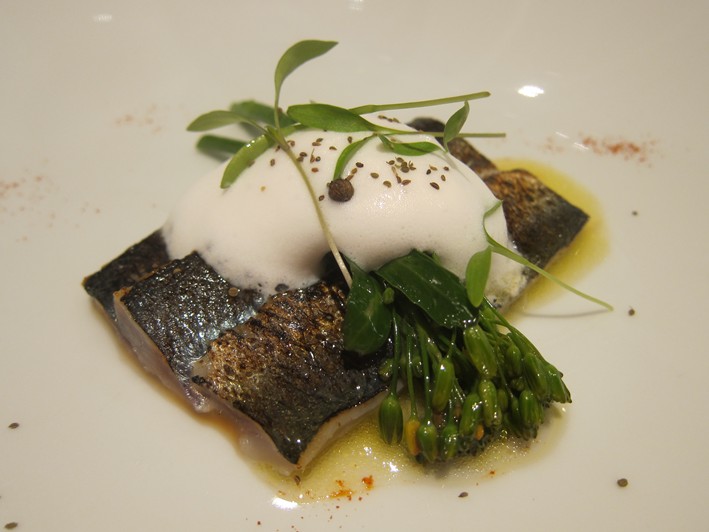

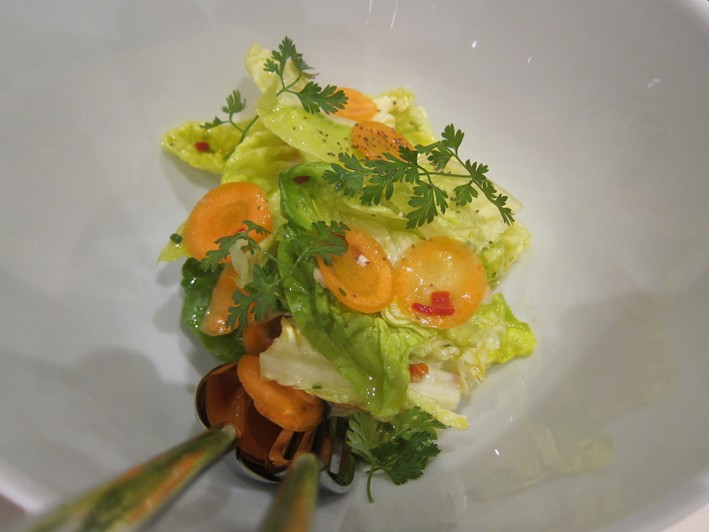
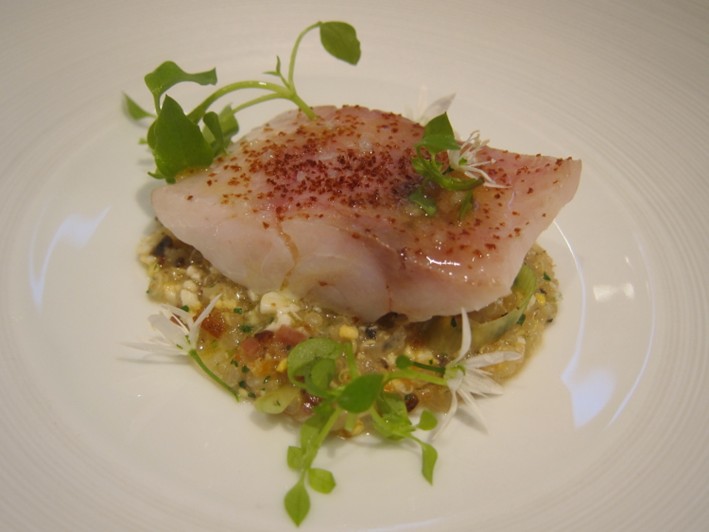
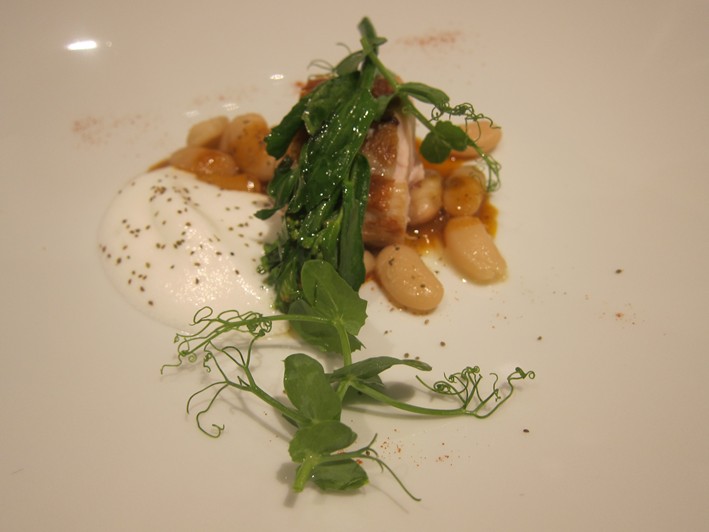
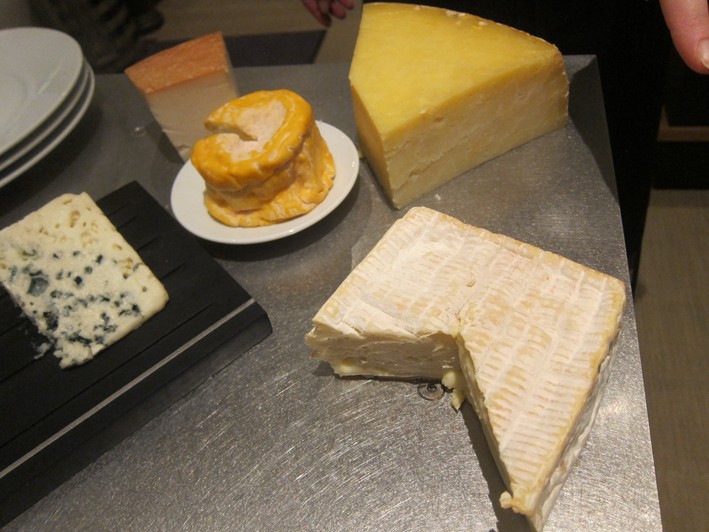
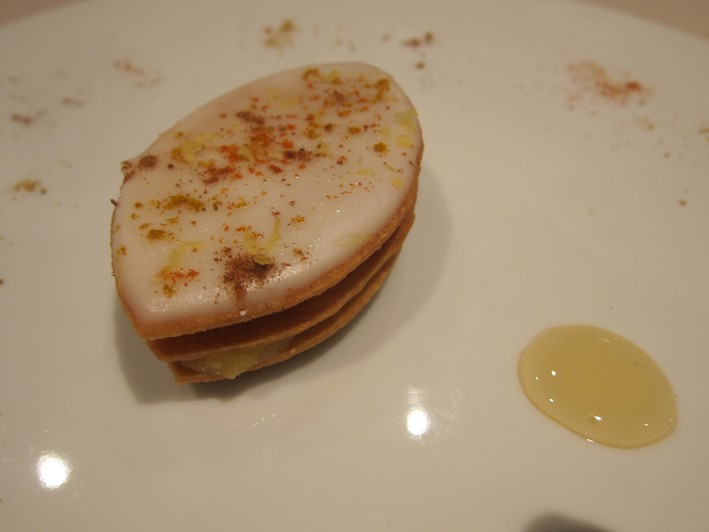
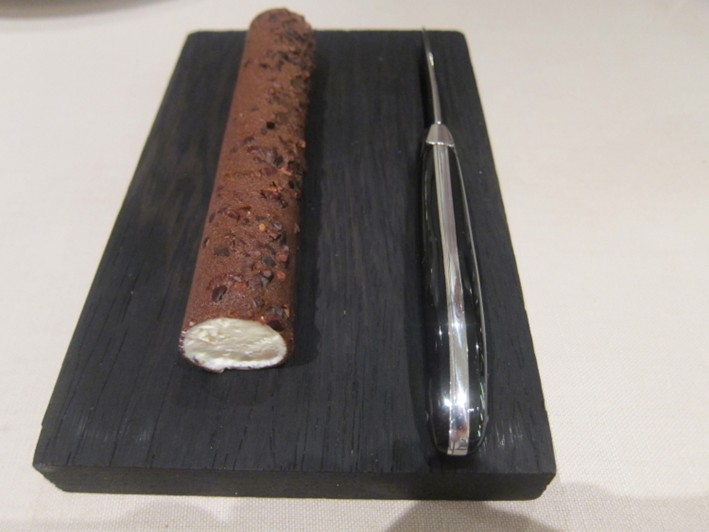
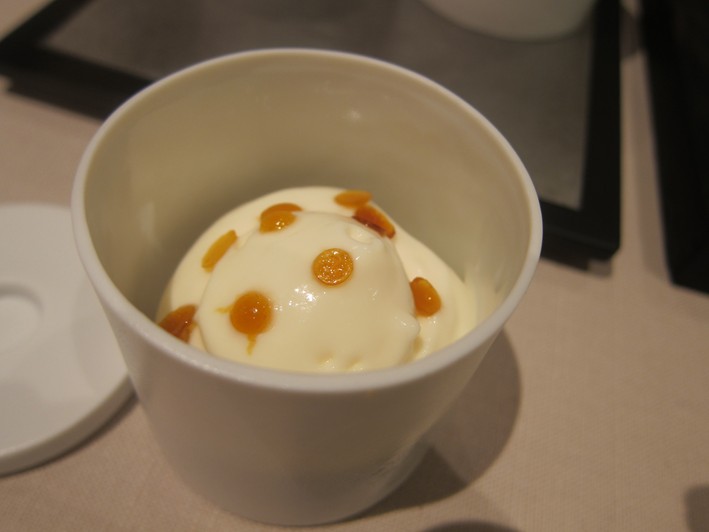
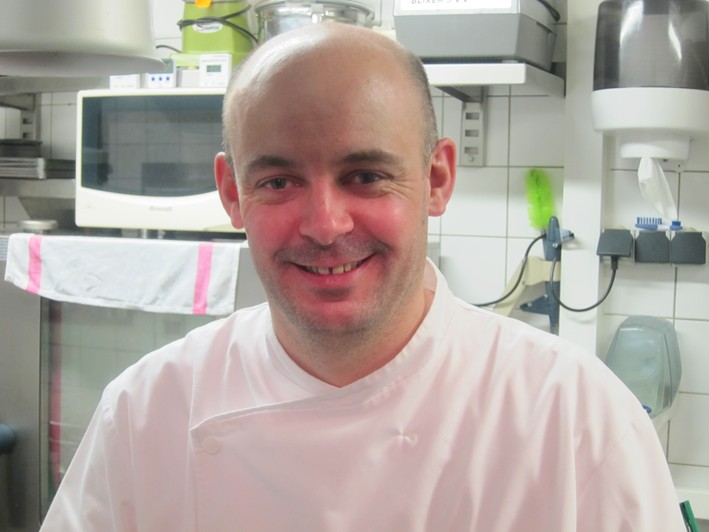


Chris Taylor
I cannot disagree with your views about this superb restaurant. my wife and I celebrated our 30th wedding anniversary here last June and I can still recall the menu as if it were last week. The balance of flavours was quite outstanding! Rye bread like a brioche wth grilled sardines, soya sauce radish and yogurt took the notion of a sardine sandwich or on toast to the greatest height.